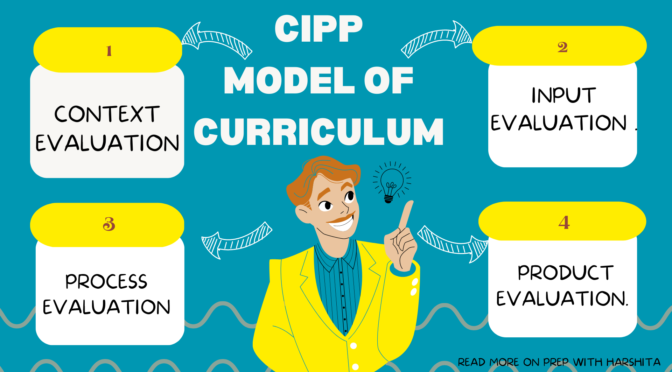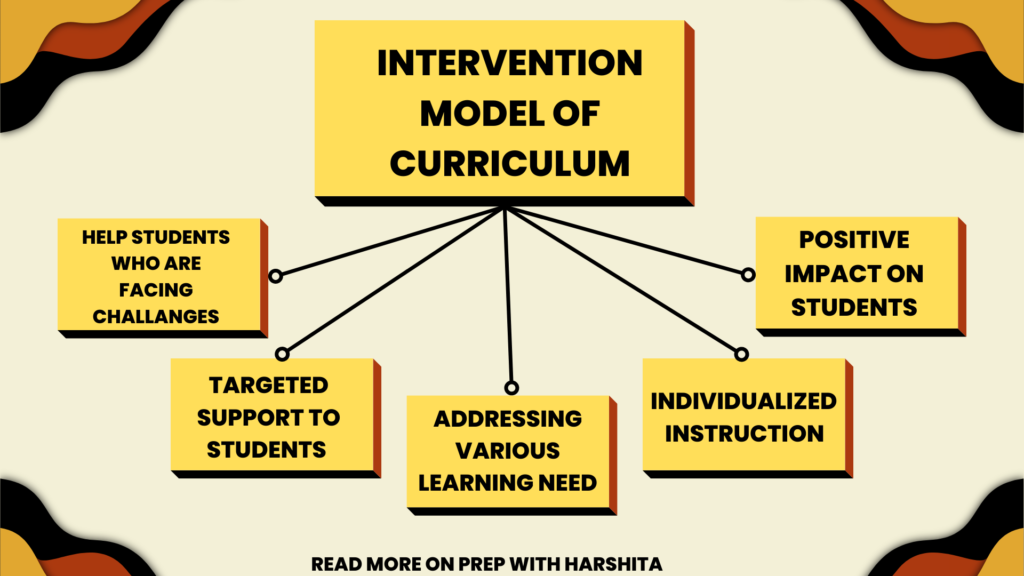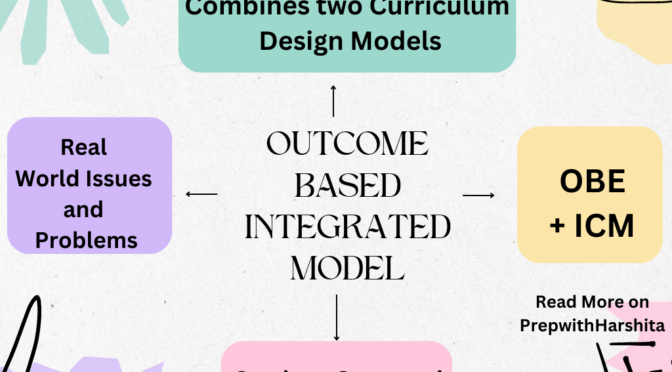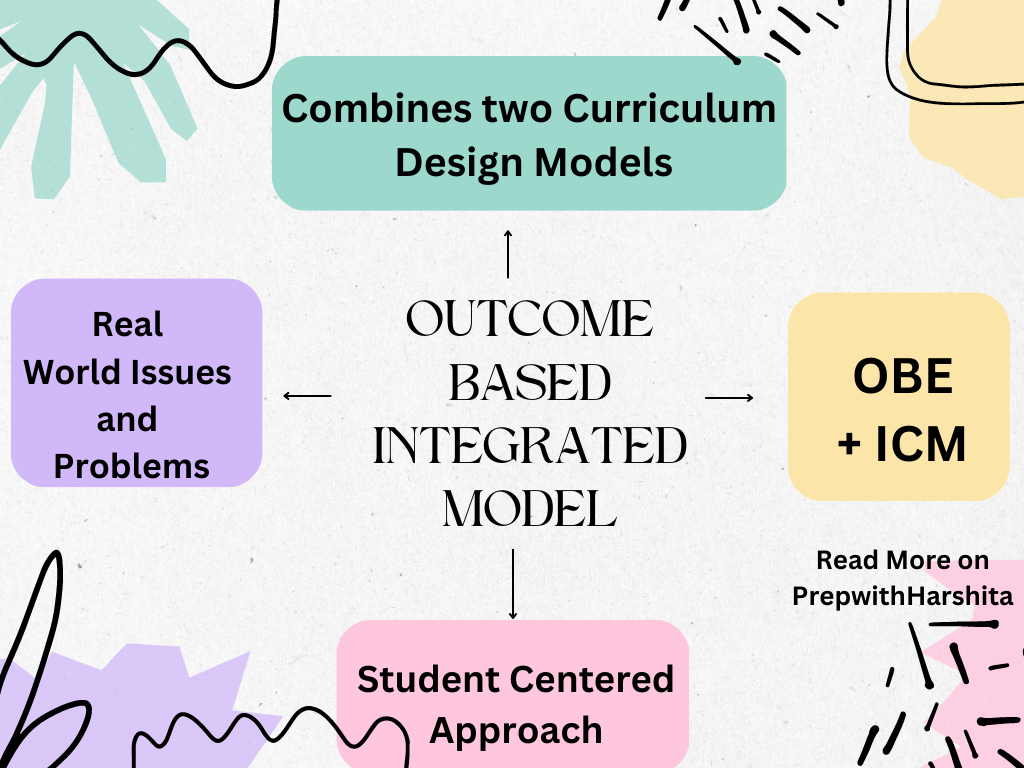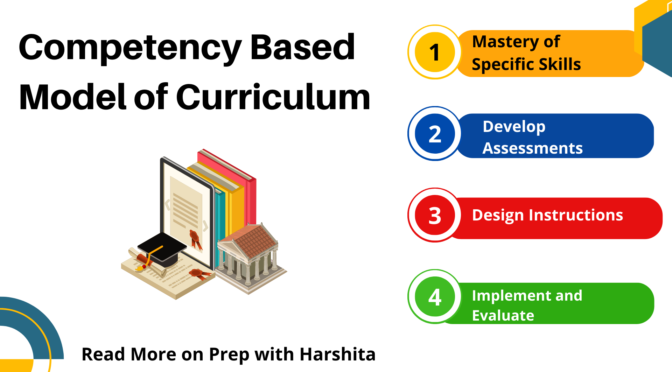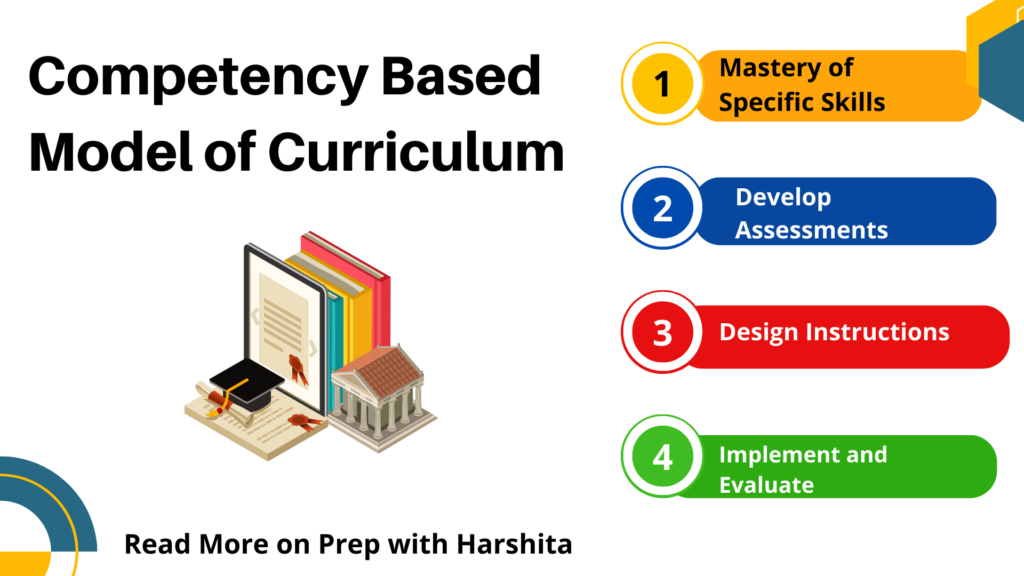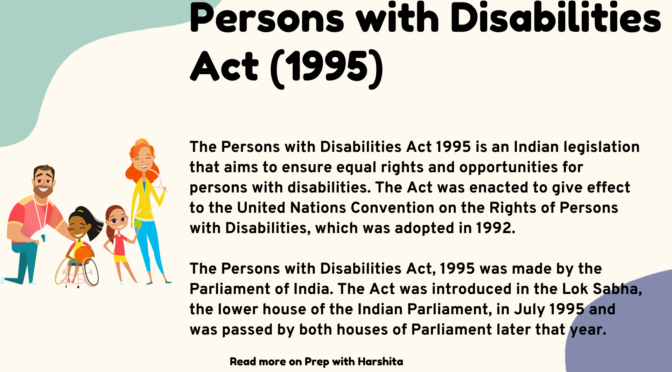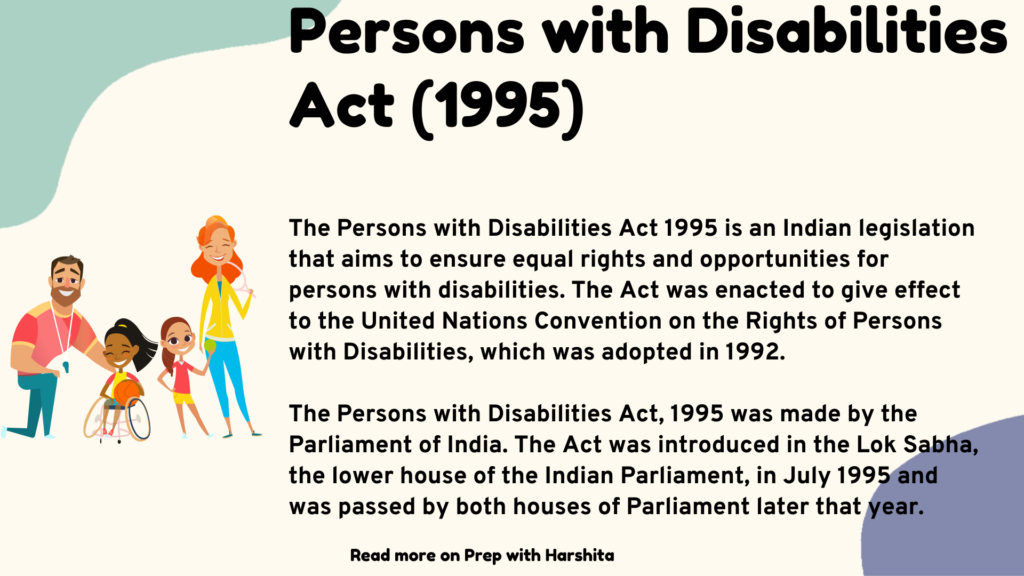CIPP model of curriculum serves as a comprehensive and flexible framework for evaluating, improving, and communicating about the effectiveness of curriculum. It provides a systematic approach to curriculum evaluation. CIPP stands for Context, Input, Process, and Product. Each of these four components of the model is evaluated in order to determine the effectiveness of a curriculum.
Who Designed CIPP Model of Curriculum?
The CIPP model of curriculum was developed by Daniel Stufflebeam and colleagues in the 1970s. Stufflebeam was a Professor of Education at Western Michigan University and an influential figure in the field of evaluation. The CIPP model has since been widely adopted and adapted by educators and evaluators around the world as a framework for curriculum evaluation.
Components of CIPP Model of Curriculum
The CIPP model of curriculum evaluation consists of four main components: context evaluation, input evaluation, process evaluation, and product evaluation.
Each component of the model focuses on a different aspect of the curriculum and is intended to provide a comprehensive evaluation of the curriculum as a whole.
- Context Evaluation: The first component of the CIPP model is context evaluation. This involves evaluating the broader context or environment in which the curriculum operates. Context evaluation includes examining factors such as the social, economic, and political context, as well as the needs and goals of the community, the resources available, and the cultural and ethical values of the community. The purpose of context evaluation is to ensure that the curriculum is aligned with the needs and priorities of the community and that it is responsive to the broader social and cultural context.
- Input Evaluation: The second component of the CIPP model is input evaluation. This involves evaluating the design and planning of the curriculum, including the development of objectives and goals, the selection of content and resources, and the determination of teaching methods and strategies. Input evaluation seeks to ensure that the curriculum is well-designed and that it is based on sound educational principles and practices. Input evaluation also includes examining the assumptions and beliefs that underpin the curriculum design.
- Process Evaluation: The third component of the CIPP model is process evaluation. This involves evaluating the implementation of the curriculum, including the actual delivery of instruction, the use of resources, and the assessment of student learning. Process evaluation seeks to ensure that the curriculum is being implemented effectively and that it is having the intended impact on student learning. Process evaluation also includes examining the quality of teaching and learning, as well as the extent to which the curriculum is meeting the needs of individual students.
- Product Evaluation: The fourth and final component of the CIPP model is product evaluation. This involves evaluating the outcomes or results of the curriculum, including the achievement of the curriculum objectives, the impact on student learning, and the overall effectiveness of the curriculum. Product evaluation seeks to provide a comprehensive assessment of the curriculum and to identify areas for improvement. Product evaluation also includes examining the extent to which the curriculum is preparing students for future success in their chosen careers or academic pursuits.
Overall, the CIPP model of curriculum evaluation provides a comprehensive framework for evaluating the effectiveness of a curriculum. By examining the context, input, process, and product of the curriculum, educators and evaluators can gain a comprehensive understanding of the strengths and weaknesses of the curriculum and can make informed decisions about how to improve it.
Benefits and Features of CIPP Model of Curriculum :
The CIPP model of curriculum evaluation offers several benefits for educators and evaluators:
- Comprehensive: The CIPP model provides a comprehensive framework for evaluating the effectiveness of a curriculum. By examining the context, input, process, and product of the curriculum, educators and evaluators can gain a comprehensive understanding of the strengths and weaknesses of the curriculum and can make informed decisions about how to improve it.
- Flexible: The CIPP model is flexible and can be adapted to suit the needs of different contexts and situations. It is a good way to evaluate a wide range of curricula, from individual courses to entire programs.
- Iterative: The CIPP model is an iterative process, meaning that it is intended to be used throughout the entire curriculum development and implementation cycle. It can be used to identify areas for improvement and make ongoing changes to the curriculum.
- Systematic: The CIPP model provides a systematic approach to curriculum evaluation, with each component building on the previous one to create a comprehensive evaluation of the curriculum.
- Participatory: The CIPP model encourages participation and collaboration among all stakeholders, including teachers, students, parents, and community members. This helps to ensure that the evaluation is comprehensive and reflects the needs and priorities of all those involved in the curriculum.
- Evidence-based: The CIPP model is based on sound educational principles and practices and encourages the use of data and evidence in curriculum evaluation. This helps to ensure that decisions about curriculum design and implementation are based on sound evidence rather than anecdote or opinion.
Also Read : Outcome Based Integrative Model
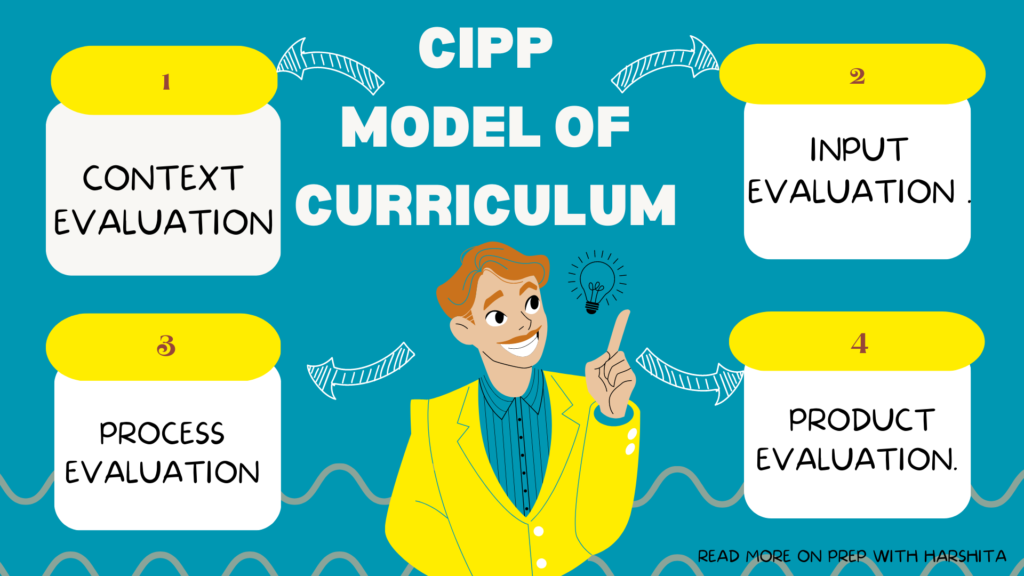
Also Read : Prep with Harshita

